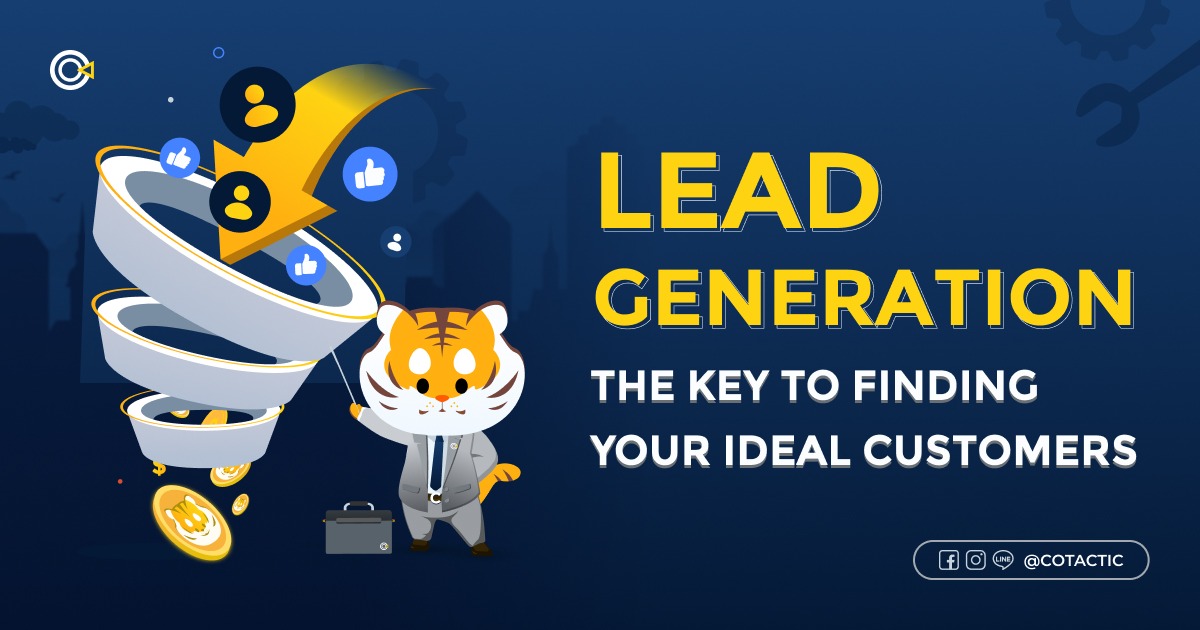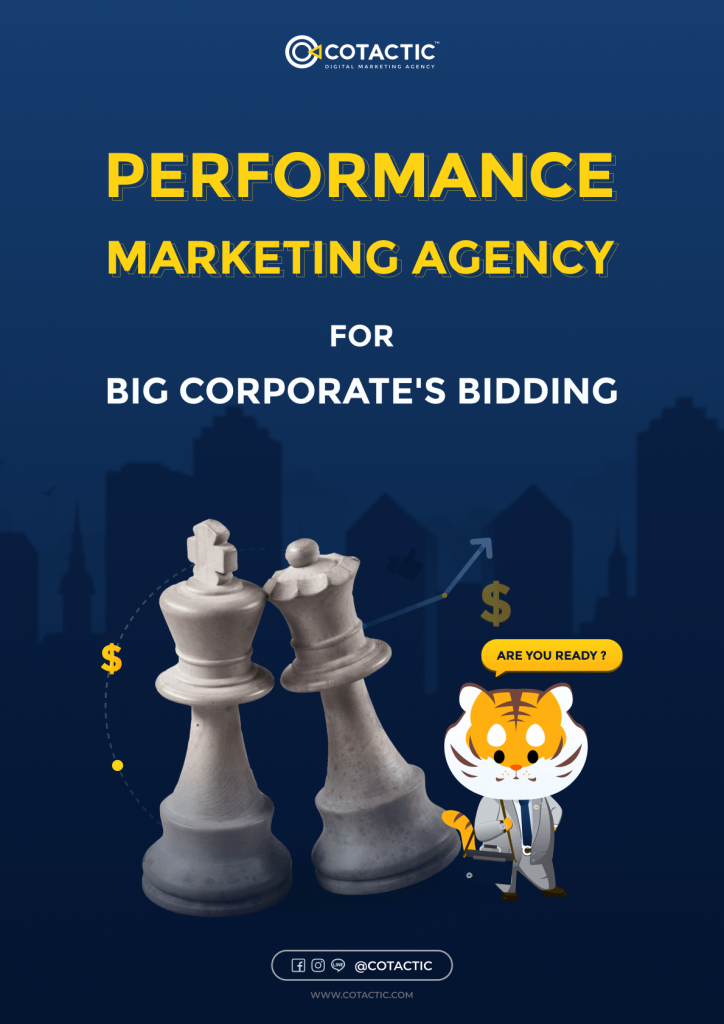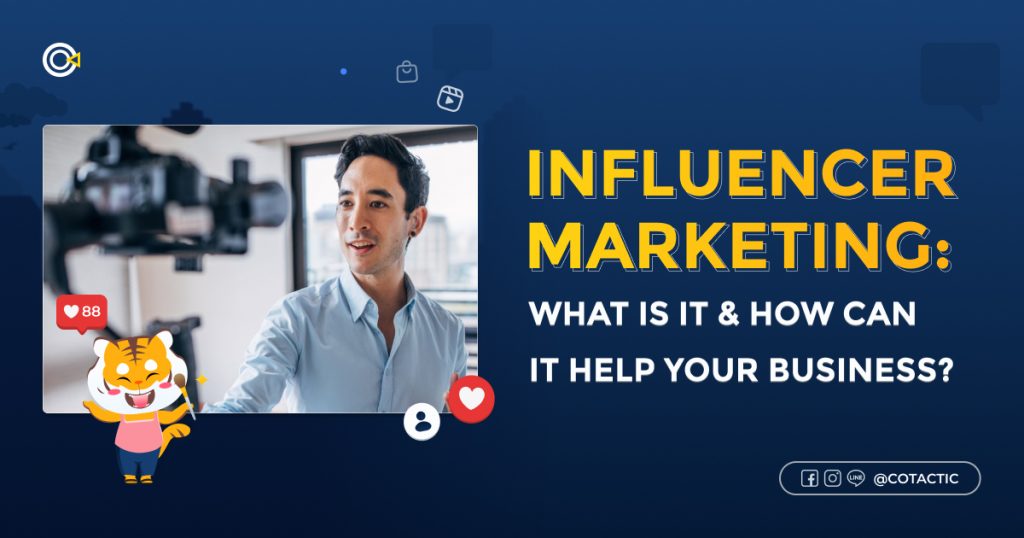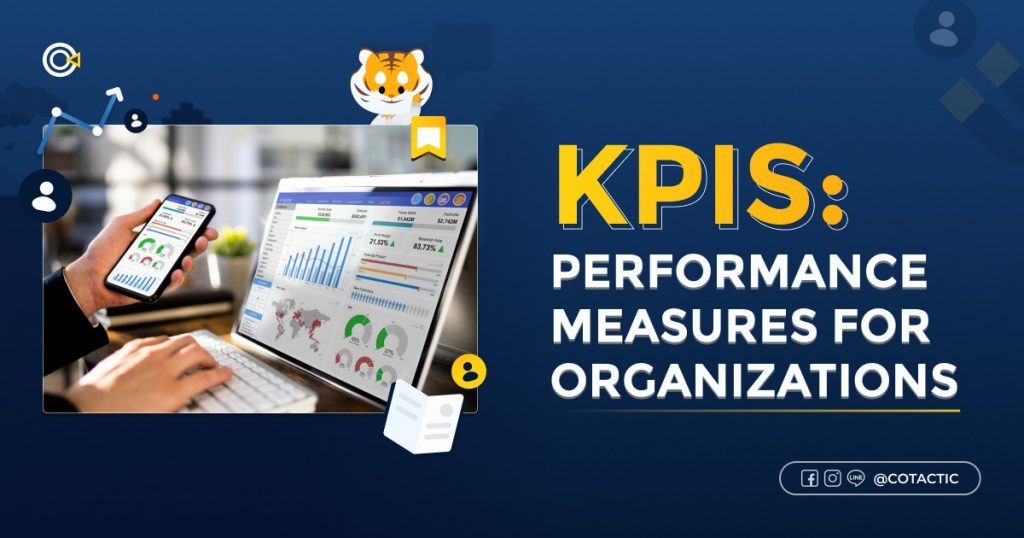Nowadays, businesses are constantly looking for ways to reach their target audience and convert them into customers. Lead generation is one of the most effective strategies, which helps businesses find potential customers and establish a relationship with them, leading to conversion and sales. In this article, we will describe what lead generation is, its benefits, how it’s done, and how it can help your business grow.
What is Lead Generation?
Lead generation is a marketing process that involves attracting and capturing interest in a product or service to develop a sales pipeline. However, Lead Generation is not primarily focused on closing immediate sales, it’s about finding unique ways to attract people—leads—who have shown some level of interest in your business or products.
What is a Lead?
A lead is any person who shows interest in a company’s product or service in any way. Leads typically hear from a business or organization after initiating contact by submitting their contact information in exchange for an offer, trial, or subscription.

Benefits of Lead Generation
Lead generation offers numerous benefits to both B2B and B2C businesses, including:
Help Increase Sales and Profit
Lead generation helps you attract potential customers who are interested in your products or services. By generating leads, you’re filling your sales pipeline with prospects who may eventually convert into paying customers.
Save Time and Cost
Lead generation enables businesses to pinpoint their ideal customers based on specific demographic criteria, such as age, gender, location, and interests, saving time in finding potential clients and reducing advertising expenses.
Build Trust and Gain Credibility
By nurturing leads through regular communication and providing them with high-quality content, businesses can build a relationship of trust with potential customers.
Types of Lead Generation Strategies
There are several strategies that businesses can use to generate leads. Here are some of the most effective lead generation strategies:
1. Website
Your website is usually the first point of contact between your business and potential leads. Make sure it’s user-friendly, informative, and has clear and attractive calls-to-action (CTAs).
2. Forms
Forms are a great way to collect contact information from potential customers. You can use them to collect emails for newsletters, registrations for webinars, or inquiries about your products or services.
3. Landing Page
A landing page is a standalone web page specifically designed for a marketing or advertising campaign. It is the page that a visitor is directed to after they click on a link in an email, or ads from social media. To ensure that your landing page is effective, it should be visually appealing, easy to understand, and relevant to the needs of potential customers.
4. Call to Action (CTA)
A call to action (CTA) is a prompt on your website that encourages users to take a specific action, such as downloading an e-book or subscribing to an email list. CTAs are typically written as strong, concise commands or action phrases, such as “Sign Up” or “Buy Now”, and usually appear as prominent buttons or hyperlinks on a website.
5. Social Media Marketing
Social media platforms, such as Facebook, Twitter, LinkedIn, and Instagram, can be powerful tools for lead generation. By engaging with your audience, sharing valuable content, and promoting your products or services, you can effectively attract potential customers and convert them into leads.
6. Content Marketing
Content marketing involves creating and sharing online material (such as videos, blogs, and social media posts) that is not explicitly promotional but is intended to stimulate interest or highlight the business’s expertise in its products or services.
7. Search Engine Optimization (SEO)
SEO is the process of optimizing your online content and website to be more relevant to your targeted audience so that a search engine prefers to show it as a top result for searches of a certain keyword.
8. Pay-Per-Click (PPC)
PPC is an online advertising model in which advertisers pay each time a user clicks on one of their online ads. PPC helps you generate leads from people who are interested and ready to buy your products or services. It also enables you to advertise to your target audience and control your budget.
9. Webinar
Webinars are live, virtual events that are executed online. They are an educational or instructive session that includes audio and visual communication between a speaker and attendees.
10. Lead Magnet
A lead magnet is an incentive that marketers offer potential buyers in exchange for their email address or other contact information. Lead magnets can help you generate leads from people who are interested in what you have to offer. To increase the value proposition of your landing page, demonstrate customer support, and resolve customer issues.
11. Referral Marketing
Referral marketing is a strategy for promoting products or services through recommendations, often by word of mouth, to lower advertising costs and build a stronger reputation.
12. Email Marketing
Email marketing is the act of sending a commercial message or useful information, such as catalogs, e-books, and special offers, to a group of people using email to build trust and engagement.
13. Influencer Marketing
Influencer marketing involves endorsements and product placements from individuals and organizations with recognized expertise or established authority in their field to enhance credibility and boost brand awareness.
14. Video Marketing
Video marketing is the strategic use of videos to promote and market products or services, increase engagement across digital and social channels, educate consumers and customers, and reach a broader audience.
Goals and Metrics
Clear goals and metrics are essential for successful lead generation, such as the number of new leads you want to acquire, the number of conversions, or the amount of revenue you aim to generate. These goals can be measured using key performance indicators (KPIs) such as cost per lead (CPL), conversion rate (CR), and return on investment (ROI).

Target Customer and Buyer Persona
Understanding your target customer and creating a buyer persona can help you tailor your lead generation strategies to attract the right people. This involves identifying their demographics, interests, pain points, and buying behavior.
Lead Generation Channels
There are numerous channels you can use for lead generation, including your website, social media platforms, email marketing, content marketing, SEO, PPC, webinars, and more. The key is to find out which channels your target audience uses the most and focus your lead generation efforts on those channels.

Tools and Technology
Leveraging the right tools and technologies can significantly improve your lead generation efforts. Here are the essential tools and technologies you need to know.
Lead Generation Tools
Lead generation tools assist in capturing and managing leads by generating landing pages, forms, chatbots, pop-ups, and other interactive elements. These tools help you increase the conversion rate on your website and enhance the quality score of your website’s leads.
CRM
CRM systems help businesses track and analyze customer interactions throughout their entire relationship with the company. This makes it easy to reach out to leads through email, SMS, or call centers, and to measure the effectiveness of marketing efforts.
Landing Page
Landing pages aim to generate user engagement for specific reasons and get more qualified leads from customers who are likely to be interested in your products/services.
Form
Form builders let you create custom forms for your website to collect lead information, including name, email address, phone number, occupation, and company name.
Chatbot
Chatbots can interact with your website visitors in real-time, answering their questions and guiding them through the lead generation process.

Mistakes to Avoid in Lead Generation Campaigns
While lead generation can be highly beneficial, there are several common mistakes that businesses should avoid:
Unclear Goals and Buyer Persona
Without clear goals and a well-defined buyer persona, your lead generation efforts may not generate the number of qualified leads you need to achieve your sales goals. It’s important to know who you’re targeting and what you want to achieve.
No Value Proposition
Your value proposition is what sets you apart from your competitors. If you don’t clearly communicate this to your leads, they will not see the value in choosing your business over others.
No Content Marketing
Content marketing is a key component of lead generation. Without valuable content, you may struggle to attract and engage leads.
No Attractive Call to Action
A call to action (CTA) prompts leads to take a specific action. Without effective CTAs, leads may be left wondering what to do next, hindering their progression through the sales funnel.
No Improvement and Test
Lead generation strategies should be constantly tested and improved based on performance. If you’re not regularly reviewing and optimizing your strategies, you may miss out on opportunities to generate new leads.
No Consistent Contact with Leads
Maintaining consistent contact with leads helps keep your business at the top of mind and increases the chances of conversion.
No Evaluation and Analysis
Without evaluating the performance of your lead generation strategies, you won’t know what’s working and what’s not. Regular analysis allows you to make data-driven improvements and enhance your strategies.

Recommendation
When it comes to lead generation, there are a few key recommendations that can enhance your success:
Prioritize Quality Leads Over a High Volume of Leads.
Although it may be tempting to prioritize generating a large number of leads, it’s often more beneficial to focus on the quality of the leads. Quality leads are more likely to convert into customers.
Special Offers
Special offers can be a great way to attract new leads. Whether it’s a discount, a free trial, or a free e-book, these offers can incentivize people to share their contact details.
Building Trust and Credibility
Building trust with your leads is crucial. This trust can be accomplished by providing valuable content, being transparent about your business practices, and delivering on your promises.
Tips for Lead Generation in Each Channel
Each lead generation channel has its own unique strategies and approaches. Here are some tips for each:

- Website: Ensure your website offers a user-friendly experience, is optimized for mobile devices, and features clear and compelling calls-to-action (CTAs).
- Social Media: Engage with your audience regularly, share valuable content, and use targeted ads to reach potential leads.
- Email Marketing: Personalized details and content for each recipient, using targeted offers or promotions to increase engagement and sales, and foster customer brand loyalty.
- Content Marketing: Create high-quality content that provides value to your audience and aligns with their interests and needs, promoting it effectively through various channels.
- SEO: Use relevant keywords, optimize your meta tags, and earn high-quality backlinks.
- PPC: Target your ads based on demographics, interests, and behavior. Use compelling ad copy and optimize your landing pages for conversions.
What is B2B Lead Generation
B2B lead generation involves attracting and converting other businesses into leads or customers. It’s a crucial component of the sales process for B2B companies.

Advantages of B2B Lead Generation
- Increased sales: By generating more leads, you can increase your chances of closing more sales.
- Improved brand awareness: Lead generation activities, such as content marketing or landing pages, can increase brand awareness and visibility among your target audience.
- Better customer relationships: Lead generation can help you build stronger relationships with potential customers by enabling you to nurture them and provide them with valuable information.
- More efficient marketing: Lead generation can improve your marketing efficiency by enabling you to focus your efforts on specific audiences.

Tips and Tricks for B2B Lead Generation
- Define your target audience: The first step to successful B2B lead generation is to define your target audience. Who are you trying to reach? What are their needs and challenges? Once you know your target audience, you can tailor your lead generation activities accordingly.
- Create high-quality content: As mentioned above, content marketing is a great way to attract and engage potential leads. Make sure to create high-quality content that is relevant to your target audience and that provides them with value.
- Use social media: Social media can be an effective tool for B2B lead generation. Connect with potential customers by sharing informative and engaging content, and hosting engaging contests and promotions.
- Nurture your leads: After you have generated leads, it is crucial to nurture and move them through the sales funnel. You can accomplish this by sending them regular updates tailored to their interests, offering targeted promotions aligned with their needs, and sharing relevant and informative content that addresses their pain points.
- Track your results: It is important to monitor the results of your lead generation activities so that you can see what is working and what is not. This will enable you to make data-driven decisions to refine your lead generation strategy
Lead Management Framework
A lead management framework involves tracking and managing prospective customers. It helps businesses understand that tactics are bringing in the best leads, so they can optimize their sales strategy accordingly.

Goals and Objective
The goals and objectives of a lead management framework include generating more leads, qualifying leads, and increasing sales.
Process of Lead Management Framework
The process of a lead management framework typically involves four key stages: lead capture, lead qualification, lead nurturing, and measurement.
- Lead capture involves collecting contact information from potential customers through various methods, such as online forms, email sign-ups, and trade shows.
- Lead qualification involves assessing the potential of each lead to convert into a customer.
- Lead nurturing involves providing potential customers with valuable information and building relationships with them over time.
- Lead measurement involves tracking the results of the lead management process to identify areas for improvement.
Sales Qualified Lead (SQL)
A Sales Qualified Lead (SQL) is a prospective customer that has been researched and vetted by both marketing and sales teams and is deemed ready for the next stage in the sales process.
Marketing Qualified Lead (MQL)
A Marketing Qualified Lead (MQL) is a lead who has engaged with your marketing team’s efforts but isn’t ready to receive a sales call. An MQL might have filled out a web form, downloaded a piece of content, or attended a webinar.

Lead Generation Services by Cotactic Media
At Cotactic Media, we specialize in providing top-notch lead generation services. Our team of experts uses a combination of proven strategies and innovative approaches to attract high-quality leads for your business, including:
- Use the Tact-Leads strategy to find quality leads who are interested in products or services for potential customers.
- Leverage channels like Facebook Ads, Google Ads, landing pages, lead magnets, and email marketing to nurture leads through the Awareness, Interest, Desire, and Action (AIDA) funnel.
- Use Lead Combo to manage leads received from Facebook Lead Generation Forms or Google Forms by automatically sending them to your company’s sales team via SMS.
- Craft engaging and relevant digital ads that resonate with your target audience.
- Use Analytical Support to track and measure campaign results such as Number of Leads, Cost per Lead, Lead Qualification Rate, Lead to Customer Rate.
Conclusion
Lead generation is an essential part of any business’s growth strategy. By understanding what it is, its benefits, how it’s done, and how to avoid common mistakes, businesses can significantly enhance their lead generation efforts and achieve their sales goals. At Cotactic Media, we’re here to help you navigate the world of lead generation and grow your business.
If you need a consultant or professional team in online marketing to help you solve your business problems and lay the foundation for its success, contact Cotactic Digital Marketing Agency today!







